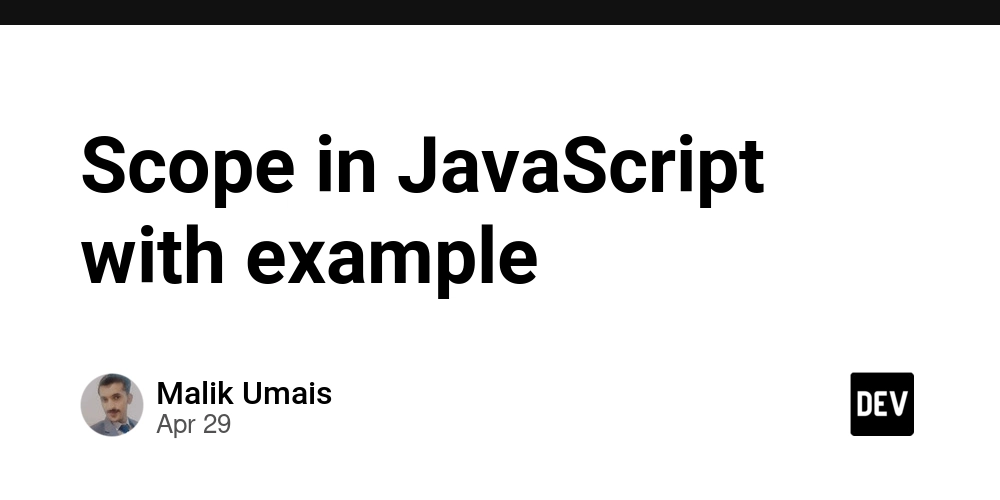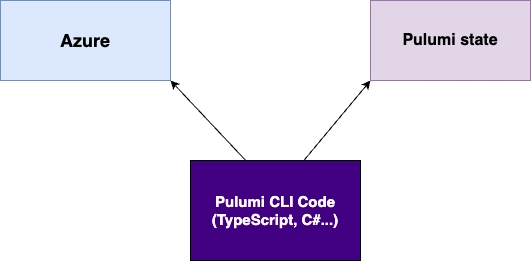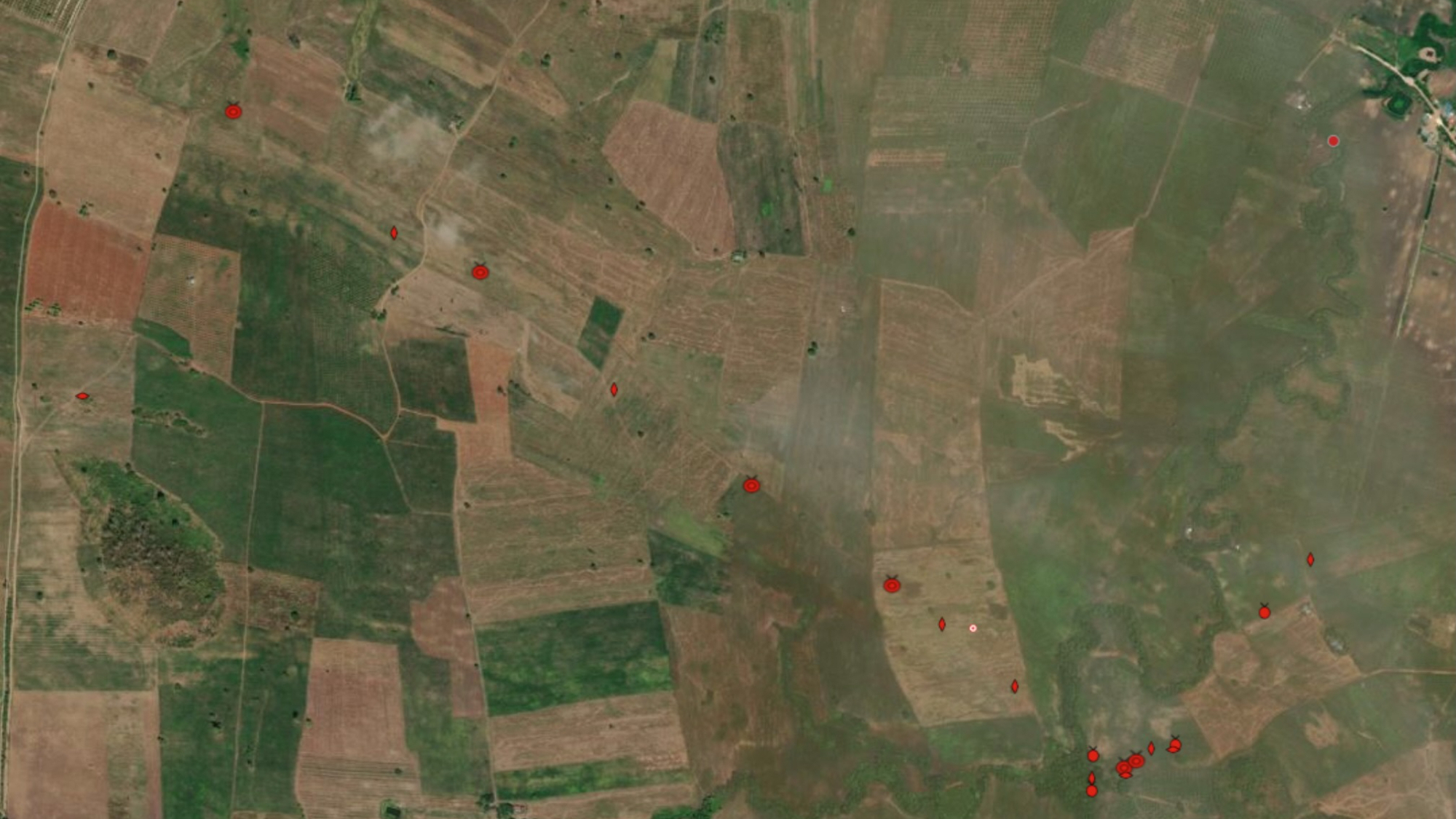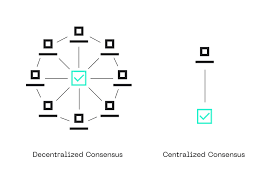React 19 New Features – What’s Changing in the Ecosystem
The React team has officially dropped the beta for React 19, and it’s nothing short of revolutionary. If you're a developer, designer, or someone deep into the web ecosystem, missing out on these updates might leave you behind. Here’s a deep dive into what’s new, what’s changing, and why it matters right now. ✨ New Features in React 19 You Should Know About 1. New Actions API React 19 introduces a new built-in component. It supports better form handling out-of-the-box without needing third-party libraries like formik or react-hook-form! { 'use server' const name = formData.get('name') console.log(name) }}> Submit 2. Improved Server Components (Stable Now!) Server Components are now stable. This means you can fetch data directly inside your components — without client-side fetching hacks. Benefits: Lightning-fast page loads Smaller JavaScript bundles Built-in SEO friendlines 3. Actions: A New Way to Handle Async Logic React now provides a clean abstraction called Actions. Instead of handling API calls inside your components, you can now manage them outside the render cycle! "use server"; export async function saveData(data) { await database.save(data); } Why it matters? Cleaner, more maintainable code Better error handling with useOptimistic hook 4. useOptimistic() – Make UIs Feel Instant React 19 brings useOptimistic() to update UI instantly before the server confirms the action. This makes applications feel way more responsive. Example usage: jsx const [optimisticMessages, addOptimisticMessage] = useOptimistic(messages); async function sendMessage(formData) { const message = { text: formData.get('message') }; addOptimisticMessage(message); await actualSendMessage(message); } --- ### 5. Better Context API: `useContextSelector` Ever faced **performance bottlenecks** because your entire app re-rendered after a small context change? React 19 introduces `useContextSelector` to fix this! - Fine-grained subscriptions - Only re-renders the parts that actually depend on the changed value ##

The React team has officially dropped the beta for React 19, and it’s nothing short of revolutionary.
If you're a developer, designer, or someone deep into the web ecosystem, missing out on these updates might leave you behind.
Here’s a deep dive into what’s new, what’s changing, and why it matters right now.
✨ New Features in React 19 You Should Know About
1. New
React 19 introduces a new built-in component.
It supports better form handling out-of-the-box without needing third-party libraries like formik or react-hook-form!
<Form action={async (formData) => {
'use server'
const name = formData.get('name')
console.log(name)
}}>
<input name="name" />
<button type="submit">Submitbutton>
Form>
2. Improved Server Components (Stable Now!)
Server Components are now stable.
This means you can fetch data directly inside your components — without client-side fetching hacks.
Benefits:
- Lightning-fast page loads
- Smaller JavaScript bundles
- Built-in SEO friendlines
3. Actions: A New Way to Handle Async Logic
React now provides a clean abstraction called Actions.
Instead of handling API calls inside your components, you can now manage them outside the render cycle!
"use server";
export async function saveData(data) {
await database.save(data);
}
Why it matters?
- Cleaner, more maintainable code
- Better error handling with
useOptimistichook
4. useOptimistic() – Make UIs Feel Instant
React 19 brings useOptimistic() to update UI instantly before the server confirms the action.
This makes applications feel way more responsive.
Example usage:
jsx
const [optimisticMessages, addOptimisticMessage] = useOptimistic(messages);
async function sendMessage(formData) {
const message = { text: formData.get('message') };
addOptimisticMessage(message);
await actualSendMessage(message);
}
---
### 5. Better Context API: `useContextSelector`
Ever faced **performance bottlenecks** because your entire app re-rendered after a small context change?
React 19 introduces `useContextSelector` to fix this!
- Fine-grained subscriptions
- Only re-renders the parts that actually depend on the changed value
## 








































































